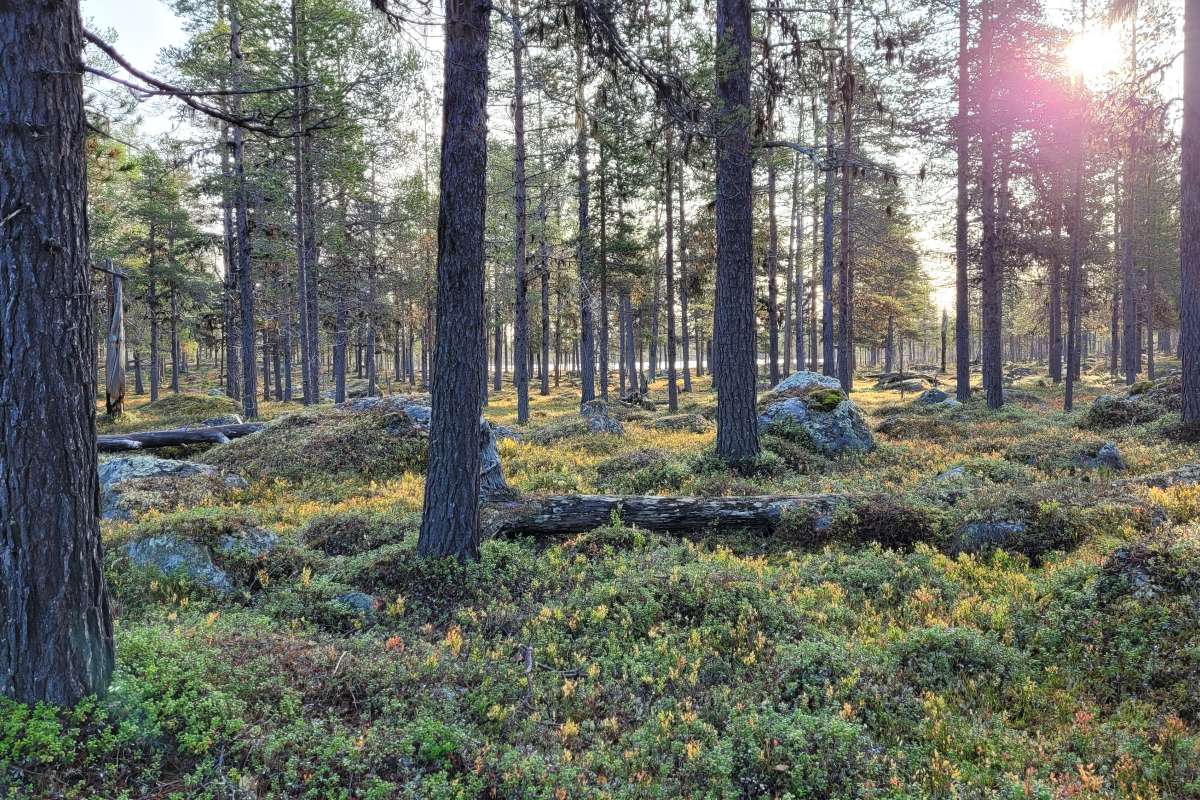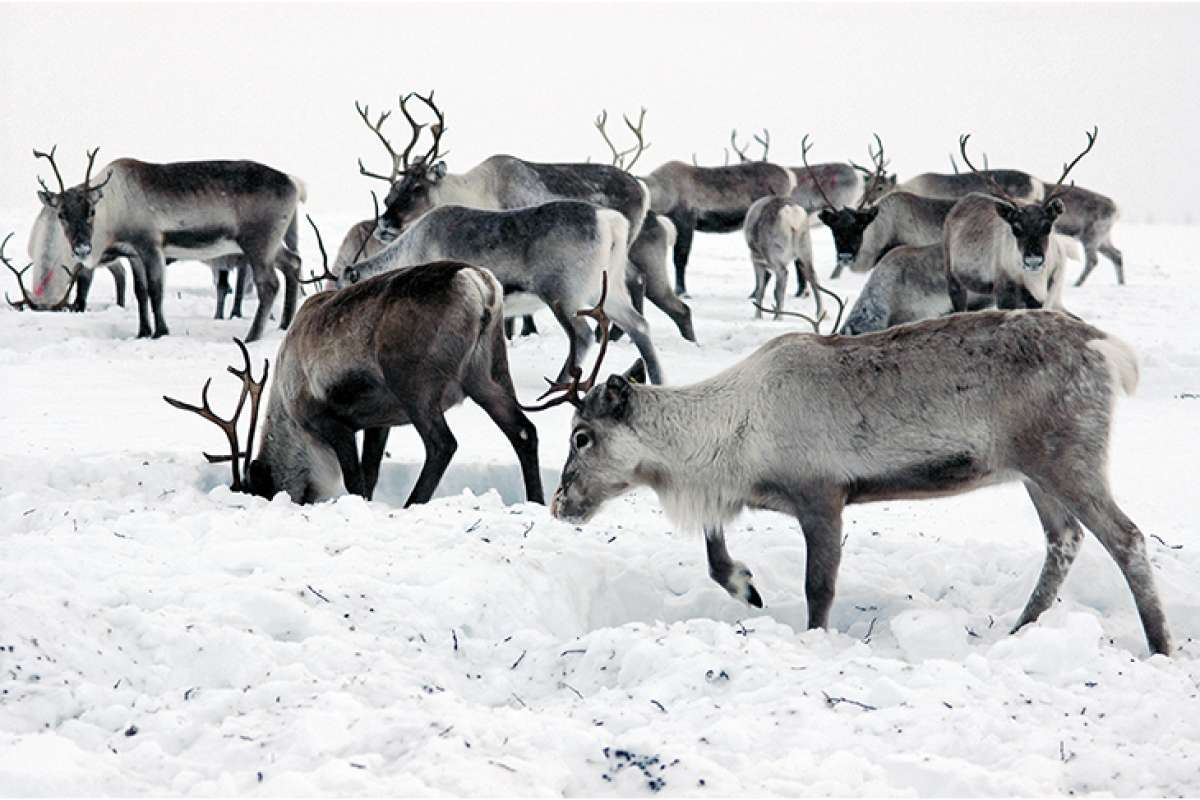Climate change and land use threaten Sámi reindeer husbandry

The reindeer herders follow their animals' seasonal movements from winter pastures to calving areas, summer pastures, and back to winter grounds. Photo: Gabriela Wagner
There is strong consensus on preserving Sámi reindeer husbandry in Norway. However, reindeer herders often struggle with competing land uses threatening their cultural heritage, identity, and future.
Throughout the year, reindeer herders follow their animals' seasonal movements from winter pastures to calving areas, summer pastures, and back to winter grounds. They follow traditional routes familiar to both reindeer and herders, crossing municipal, county, and sometimes even national borders.
Climate change and land developments present new challenges. Modern reindeer husbandry faces pressures from private, municipal, and national land use measures, as well as from predators, outdoor recreation, tourism, and climate change related issues requiring new knowledge and adaptation.
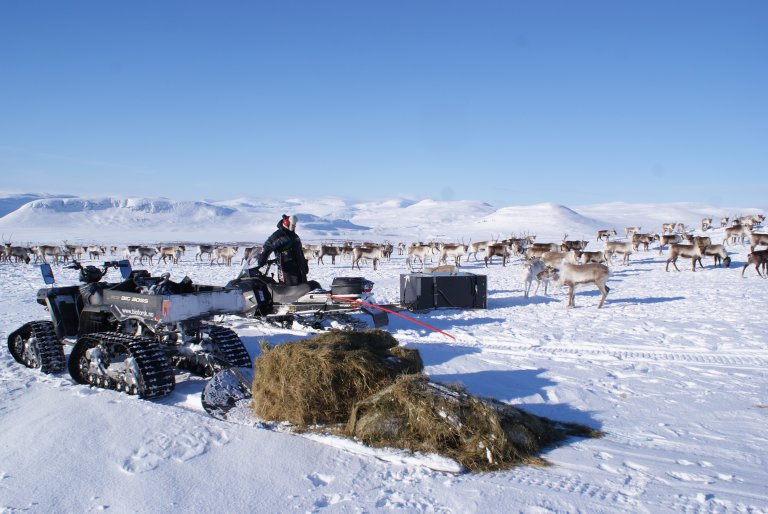
The conference became an important meeting point
Mid-February, NIBIO (Norwegian Institute of Bioeconomy Research) organized a reindeer husbandry conference in Alta, in collaboration with NKJ (The Nordic Joint Committee for Agricultural and Food Research), partially funded by NIBIO, NKJ, and RUF (Reindeer Husbandry Development Fund). Over 170 participants from Norway, Sweden, and Finland gathered to discuss current and future challenges in the reindeer husbandry.
Representatives from research, management, and reindeer husbandry were present, sharing research-based findings, experience based and traditional knowledge.
"We didn't expect so many registrations. But it indicates a clear need for discussing climate change and land use conflicts, which were the focus for this conference" says conference organiser Gabriela Wagner from NIBIO.
"We're particularly pleased that so many reindeer herders attended, despite the long travel for many and the challenges of leaving their herds," Wagner ads.
During the conference, researchers presented alarming statistics showing tougher winters, increased impacts from virus-based diseases and parasites, and shrinking reindeer grazing areas. Reindeer herders delivered touching presentations on the daily struggle to uphold their legal rights to practice and pass on a national cultural heritage.
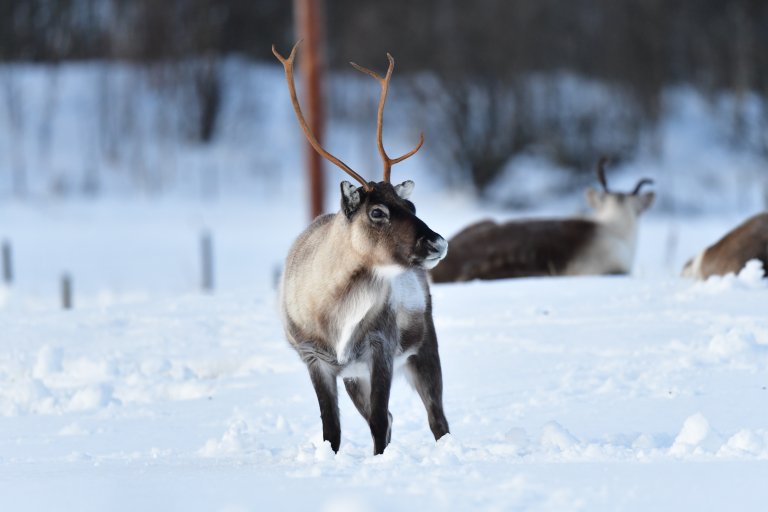
The herders call for new research
At the conference, researchers from Norway, Sweden, and Finland presented the latest research. Climate change was an important subject. Studies show increasingly unpredictable winters, with mild weather causing snow and ice melting, making the traditional routes over water and rivers impassable. Rain increasingly freezes on the ground or makes ice layers in the snow, thus rendering access to vegetation impossible for the reindeer.
Climate change has prompted an acute need for research into new challenges. Studies focus on changes in plant composition affecting grazing quality, as well as insects and parasites causing considerable harm to reindeer. Herders seek new knowledge on winter supplementary feeding and summer parasite treatment.
"Much of our research involves close collaboration with reindeer herders, and some studies are directly initiated by them," NIBIO researcher Svein Morten Eilertsen explains.
Eilertsen has dedicated his career to reindeer husbandry research. He has witnessed growing pressures on the industry from climate-related challenges and human-induced land conflicts.
Stronger involvement of reindeer husbandry in land-use planning
With grazing areas and migration routes crossing municipal boundaries, reindeer herders constantly have to monitor and engage with development plans across various municipalities. Those operating in multiple municipalities find it challenging to stay updated on all planning processes, often feeling their contributions are minimally considered.
NIBIO is currently working on a report examining how reindeer husbandry is involved in different assessment processes for land use plans in reindeer grazing areas. The work aims to propose a revised method for assessing impacts on reindeer husbandry.
"One of the main goals is to significantly increase involvement of reindeer herders throughout the entire process, ensuring that traditional knowledge is integrated into the assessments," says Eilertsen.
"It is also crucial that we, as hired experts, do not view single plans in isolation when assessing their impacts on reindeer husbandry, nature and wildlife in general. A broad evaluation must consider all implemented, planned and proposed measures," Eilertsen emphasizes.
Despite facing significant challenges, the conference in Alta demonstrated a strong willingness for collaboration and knowledge exchange within the industry, offering hope for the future.
Contacts
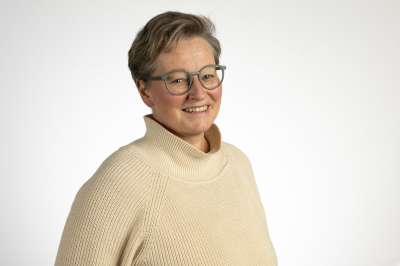
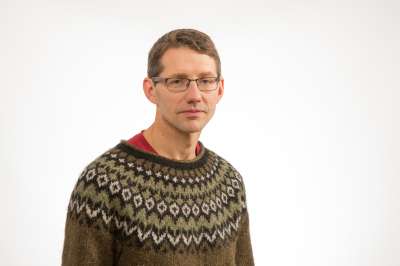
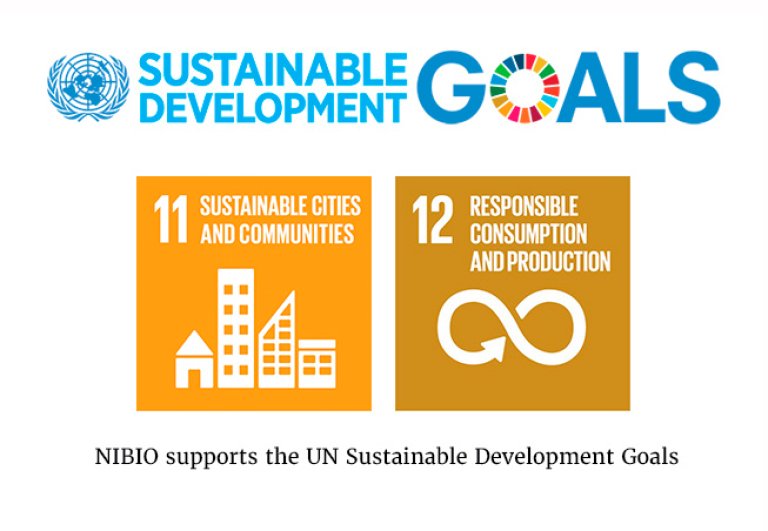

Reindeer Husbandry Act (Reindriftsloven)
§ 1. Purpose of the Act
For the Sami reindeer grazing area, the Act shall facilitate an ecologically, economically, and culturally sustainable reindeer husbandry based on Sami culture, tradition, and customary practices, for the benefit of the reindeer herding community and society as a whole. To achieve these goals, the Act shall provide the foundation for appropriate organization and management of reindeer husbandry. Reindeer husbandry shall be preserved as an important basis for Sami culture and society.
(Source: Lovdata. Free translation)
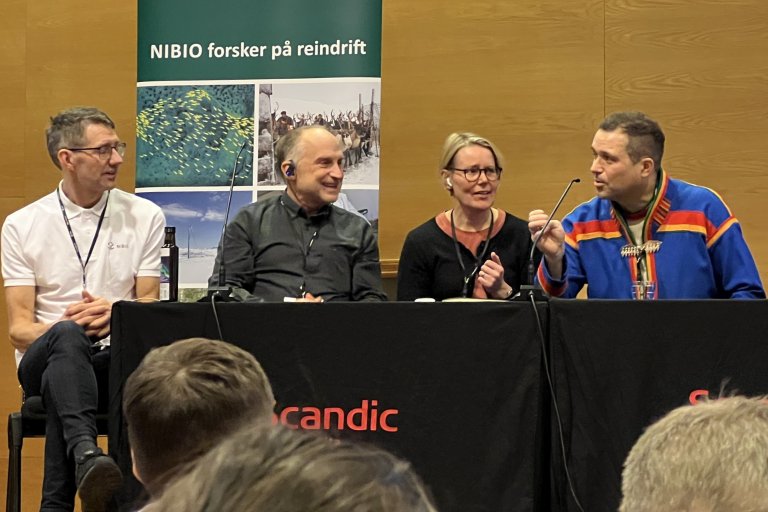
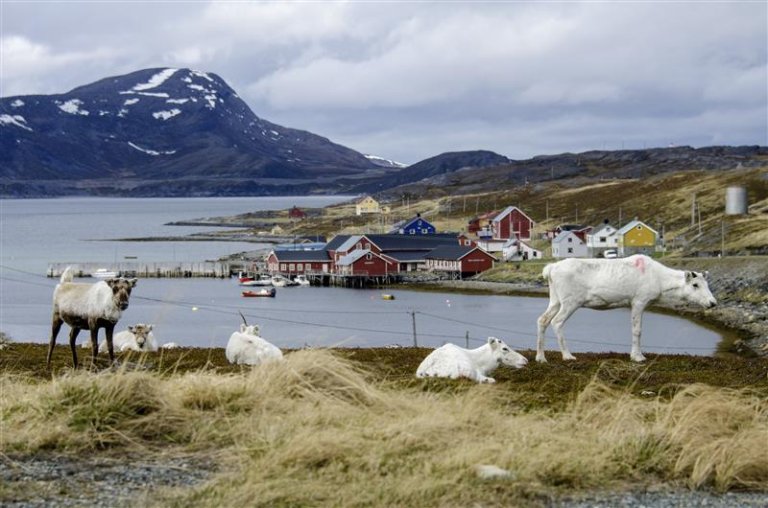
Contacts




